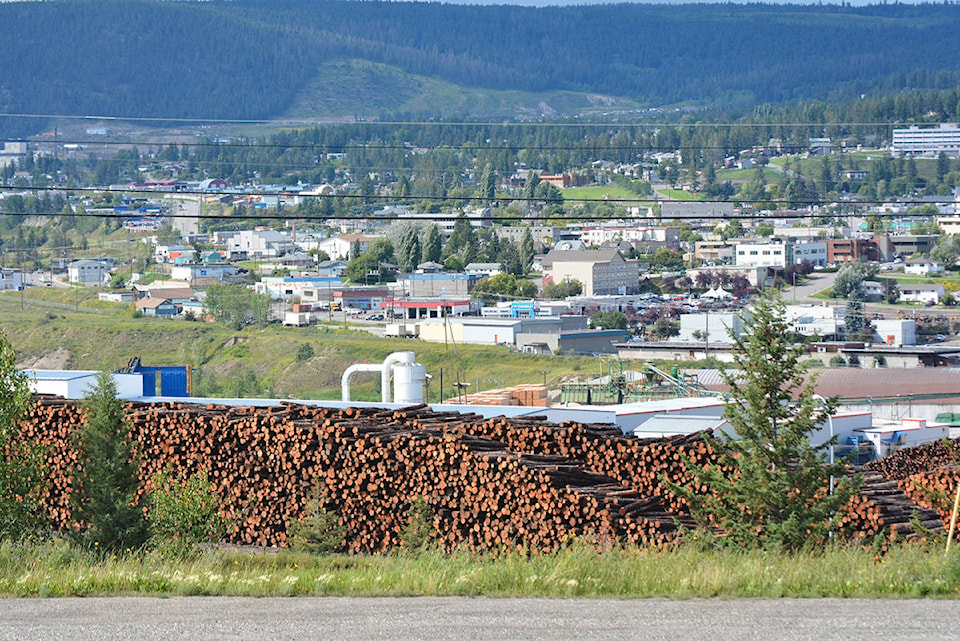The engage paper had a number of questions dealing with improving utilization of residual wood and sequestering more carbon.
I am suggesting properly located industrial complexes may have some of the answers. Imagine if the local lumber mills, bioenergy plants, pulp mills and pellet plants were located in close proximity and a reasonable distance away from residential areas rather than in the valleys which have local climate and health issues.
Some of the key components of an industrial complex are access to rail and paved highways as well as industrial level hydro electric power.
READ MORE: FOREST INK: Forest tenure changes are occurring throughout the world
Rail and highway infrastructures are essential for bringing aspen logs to the OSB plant, residual wood and used rail ties to the bioenery plants, logs to the lumber mills and take the lumber, chips, veneer products and wood pellets to markets.
Heat from the bioenergy could be used for drying lumber and any other wood products, as well as heating any office buildings in the complex.
Don’t forget about some green houses in the area if there is a long-term source of heat available.
A concrete plant should also be close by to use the CO2 from the smoke stack for adding to the cement which reduces the amount need to make concrete.
READ MORE: Community forests have many advantages for rural communities
Also encourage the production of innovative concrete- wood chip blocks (NEXCEM) to use some of the wood chips from the lumber mill or log sort yard. These blocks are 80 percent wood chips along with cement used in moulds to make light concrete blocks which can be used above or below the ground for a wide variety of residential and commercial building applications.
All industrial complexes would have a log biomass sort yard similar to some in the Lower Mainland and based on the original model of the small business log sort yard established near Vernon.
A large well-drained area with some paved areas for certain products is important. Logs are sorted by size and species and properly piled for drying and fire safety concerns.
Depending on the weather conditions and end product use of the chip piles may need to be covered and vented.
A variety of peelers, grinders, crushers or shredders are in the complex for getting the right kind of chips to the appropriate plant.
Landowners near the complex could be involved with growing hybrid deciduous trees for sending to the bioenergy, pulp or OSB plant since research has shown eight to 12 times the production of these hybrid plantations compared to the natural growing sites. An area of industrial hemp should also be considered.
The added bonus is a place to send the ash from the bioenergy plant.
If rail ties are part of the feed source for the energy plant it would be better to use the ash for growing trees rather than storing it next to a creek in a residential area.
These ideas could be applied to all of the major towns and cities in the Cariboo region as well as the rest of the Interior regions of the province.
READ MORE: History of 1950 Chinchaga firestorm
I am not suggesting that the existing industrial infrastructures are likely to move to these industrial complexes but any new ventures would see the benefits of establishing in these areas.
The first step would be planning the location of the log-biomass sort yards.
The location should consider the residual wood study done by FPI innovations and the Inventory section which showed a variety of delivery points for 2.7 million oven dry tons per year of residual woody material.
Existing industrial areas are where they are for a variety of reasons which made sense at the time but with the new information coming from the engage paper it is time for us to plan future industrial ventures more sensibly.
Jim Hilton is a professional agrologist and forester who has lived and worked in the Cariboo Chilcotin for the past 40 years. Now retired, Hilton still volunteers his skills with local community forests organizations.
